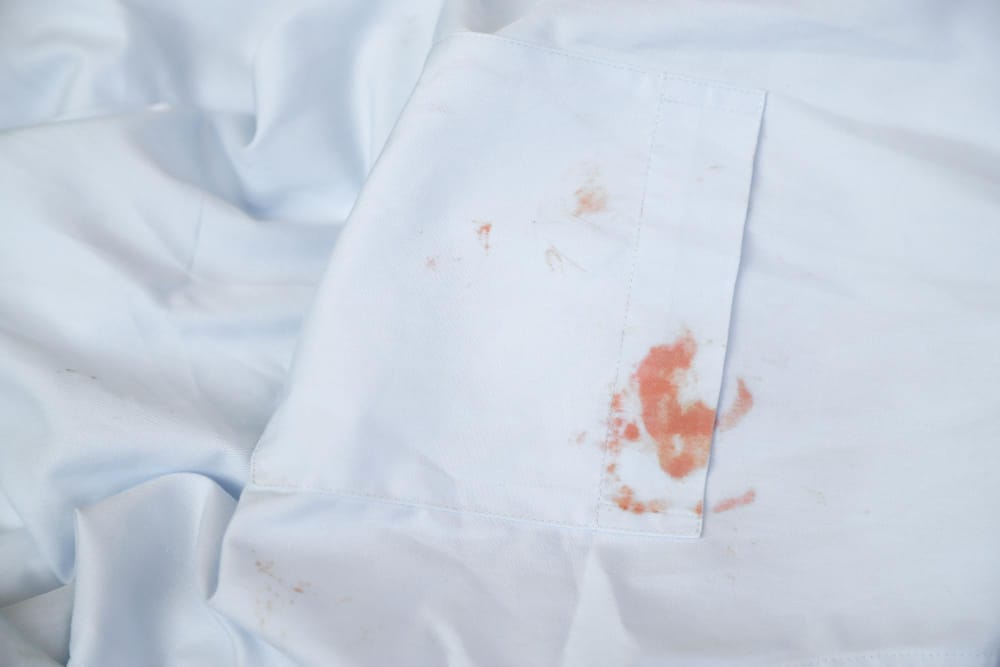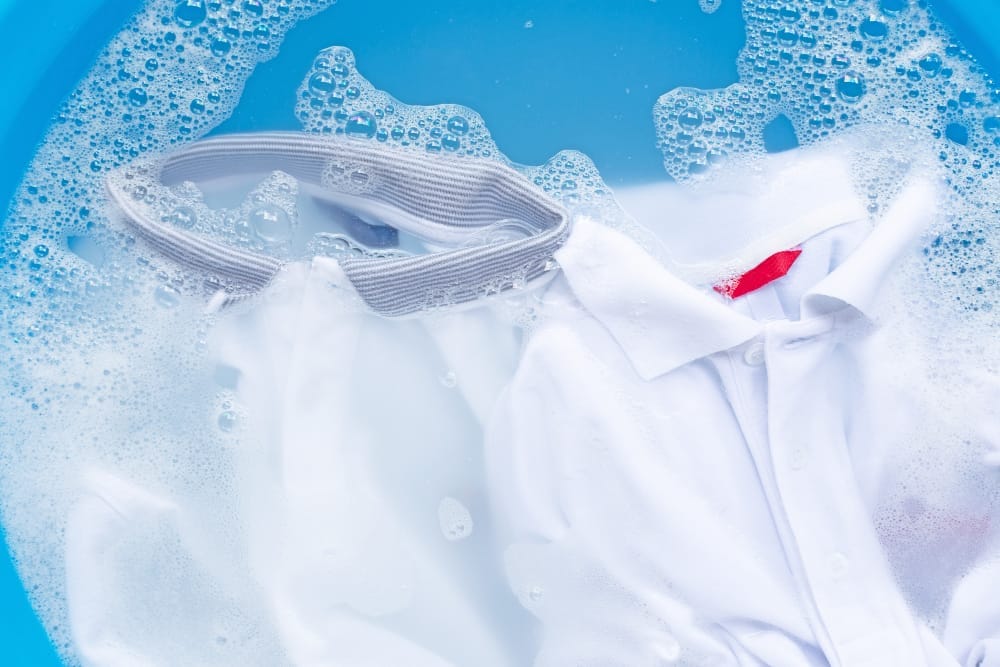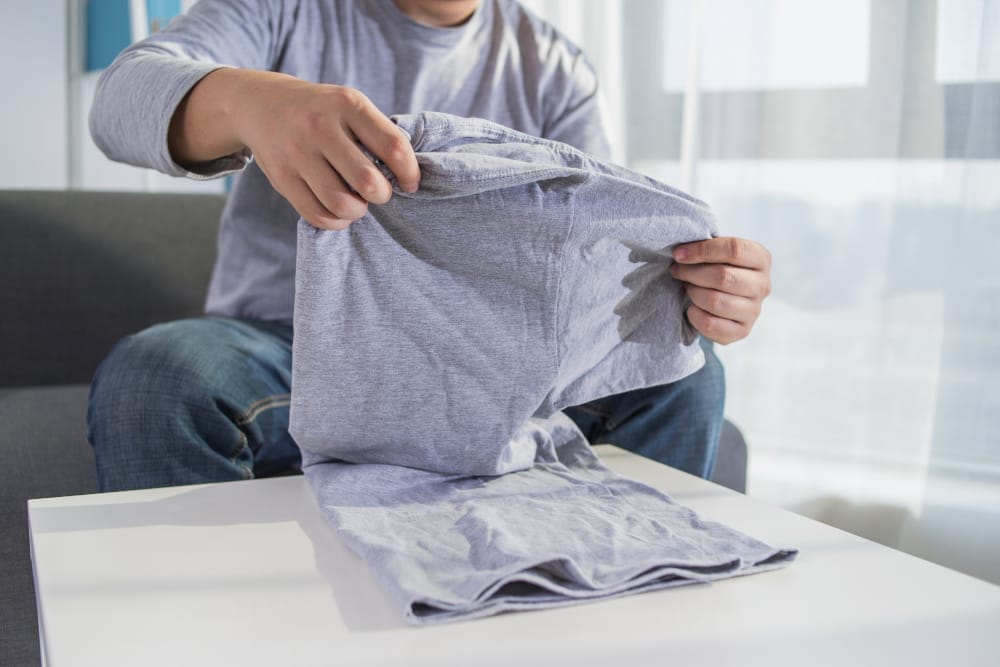
Blood stains are a notorious ordeal to deal with. They can potentially strike fear into even the most seasoned of homekeepers. Whether it's a small cut that leaves a drop on your favorite shirt or a more significant injury, knowing how to tackle these stains can help preserve your possessions. In this article, our biohazard remediation team gathered some pro tips on how to remove blood stains effectively.
Before diving into the methods of removing blood stains, it's essential to understand why these stains are challenging in the first place. Blood contains a protein called hemoglobin, which gives it its red color. When this protein comes into contact with oxygen, it causes a chemical reaction that makes the stain difficult to remove.
Disclaimer: The stain removal techniques and home remedies described in this document are compiled from various reliable online sources. These methods have not been scientifically tested or verified by us, and results may vary. Practice due diligence and caution when applying these techniques, especially on delicate or valuable fabrics. Always conduct a spot test in an inconspicuous area before proceeding with any stain removal process.
Safety is paramount when dealing with blood and cleaning agents. Ensure you work in a well-ventilated area and handle any chemicals with caution. Next, gather the necessary supplies before you begin. You'll generally need:
To successfully remove blood stains, time is of the essence. The longer you wait to treat the stain, the harder it will be to remove. As soon as you notice a blood stain, take action promptly.

Fresh blood stains are the easiest to remove because the blood hasn't had time to set. Treating the stain quickly is essential to avoid any long-term damage or discoloration.
Dried blood stains can be incredibly tough, but not impossible, to remove. You'll likely need to apply more aggressive treatments and may not get the same flawless results you would with fresh stains.
Now, let’s delve into specific techniques that work wonders against blood stains.
For fresh stains, the immediate steps are critical. Blot the area with a clean cloth to absorb as much blood as possible without pushing the stain further into the fabric.

Cold water can help to break down the proteins in the blood, making it easier to remove. Soak the stained area in cold water for at least 30 minutes, or even overnight for a particularly stubborn stain.
Once you've soaked the area, apply your enzyme-based cleaner. These cleaners are specially designed to break down proteins and are incredibly effective against blood stains. Follow the product's instructions, typically by applying the cleaner and leaving it to sit for a recommended time.
For white or color-safe fabrics, hydrogen peroxide is your best friend. Mix one part dishwashing liquid with two parts hydrogen peroxide, and then apply it to the blood stain. Let it sit for a few minutes before rinsing with cold water.
A simple paste made of salt and water can act as a mild abrasive to tackle dried blood stains in fabrics. Just mix salt with a small amount of water to create a paste, apply to the stain, and let it sit for about 30 minutes before rinsing with cold water and laundering as usual.
When all else fails, it may be time to turn to professional cleaning agents. Stain removers designed for tougher stains can give you the edge against even the most challenging blood spots. Always follow the manufacturer’s instructions carefully to avoid damaging the item.
Here are a few dos and don'ts to keep in mind throughout the blood stain removal process.

For those who prefer natural remedies or want to use items they have at home, several alternative methods can be effective against blood stains.
These alternative methods are not proven by science, but some people swear by them. Always spot-test first and use caution on delicate fabrics!

By following these guidelines, you can take the dread out of dealing with blood stains and turn a potentially ruinous situation into a manageable one. It may take a few attempts to completely rid your fabrics of these stains, but with each try, you'll get better at the battle. The sooner you act, the better your chances of complete removal.